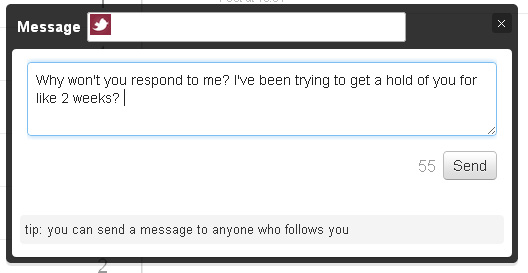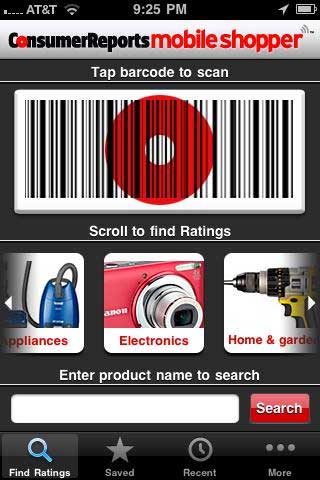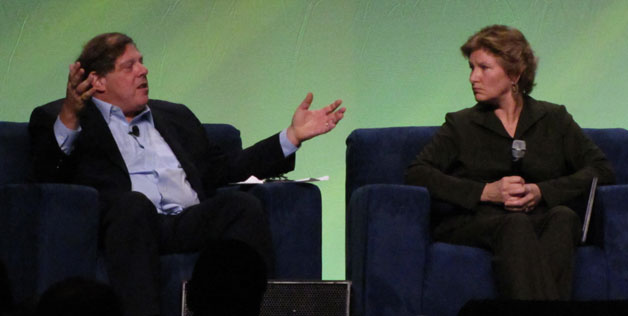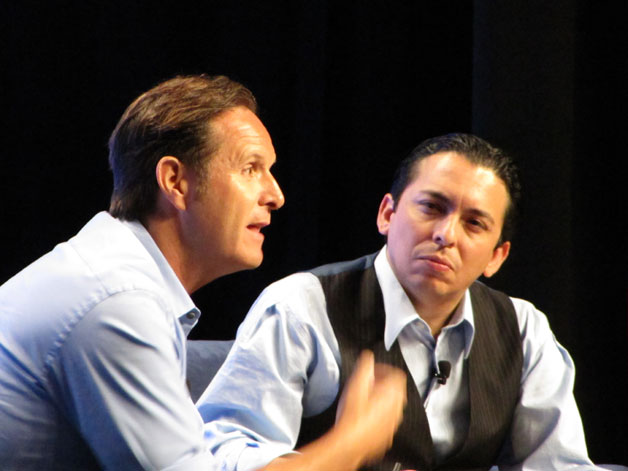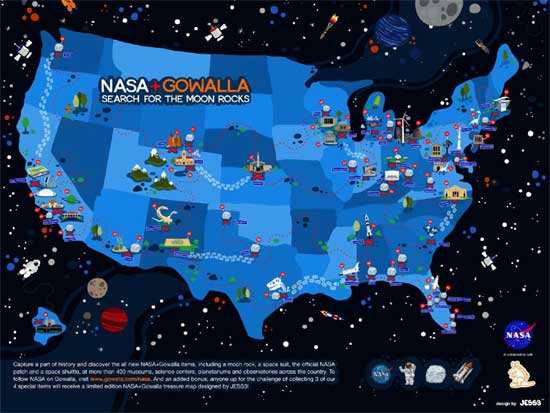Coming up with a social media plan isn’t always the easiest thing to do for businesses. There are so many factors that come into play, even beyond the landscape of communities that actually exist. For example, business leaders need to ask questions like: How much time should be spent interacting with social media sites? How many people should be representing the company on social sites? How much of their time should be dedicated to it? Should it be the full-time job of one person? The full-time jobs of more people? Only part of the job for a lot of people? Etc. Etc. Etc.
No matter how much time and how many resources are spent on your brand’s social media presence, more can always be done, so many will have to find they have to be selective in areas of participation and time spent. If your budget and time aren’t as restricted, you can build an enormous social presence around the web in the places that matter. Just remember, more can always be done. We at WebProNews certainly have plenty of room to expand and improve our own social strategy, and chances are you do too.
So, with all of that in mind, here are some ideas you can use to build your social presence.
Twitter
1. Post regular Twitter updates everyday. That doesn’t mean spam or post them constantly all day long, but there should be enough regularity to where your followers know you’re there and don’t forget about you. That said, don’t talk just to talk. Have something valuable to say. If you produce content, share your links. Some may not think it’s a good idea just to pump out your own links on Twitter, because it’s "about the conversation", but the way I look at is this: if someone is following me, they’re probably interested in what I have to say. If I’m writing articles, those are in essence, what I have to say. That doesn’t mean that it’s not about the conversation.
2. You should engage in conversation on Twitter. Start conversations that don’t necessarily pertain to your own links. Listen to what others are saying, and join conversations with them, regardless of if they are directly related to your brand or not.
3. Monitor your brand. Respond to @mentions (good or bad). Respond to direct messages.
4. Post pictures and videos using services like TwitPic, TwitVid, Yfrog, etc. These things can help humanize your brand and increase engagement with others. They can be conversation starters. People like visuals.
5. Create relevant lists. Create lists of other Twitterers that can provide value to others. You don’t necessarily have to, but it might be a good idea to create a variety of lists for subjects related to your niche. If you have a car blog, for example, you might have a list of car brands, a list of other car bloggers, a list for mechanics, a list of auto part vendors, etc.

Facebook
1. Have a Facebook Page for your brand. If you’re running a business, you need a Page, not just a personal profile. What you do with your personal profile is up to you, but your page should be up, and it should be promoted.
2. Post regular updates throughout the day. Just like Twitter, I see nothing wrong with sharing links to your content here if you write articles or blog posts. I should note that this should be actual helpful content though – not just posts about why people should buy your product. Nobody wants to be a fan of a page that does that.
3. Respond to comments on your Page. Get involved in conversations.
4. Update your photos and videos. You don’t have to use third-party services for this on Facebook.
5. Experiment with landing pages for your Facebook Page. It doesn’t have to go right to your wall. You can direct fans to any information you want to provide.
6. You can use "notes" to put blog-style content right in Facebook should you choose to do so.
7. There is a virtually unlimited number of Facebook apps. Look for ones that might be able to add value to your page and get people engaged in a helpful way. This will also take some experimenting.
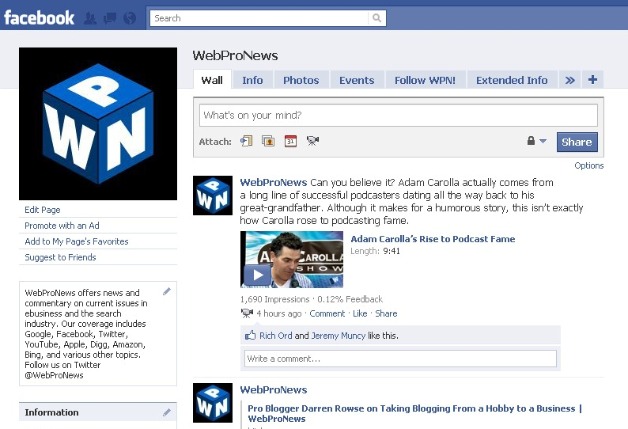
YouTube (and other video sites)
1. If you create videos, you need to have them on YouTube and other video sites/networks. This is key for getting your videos out to a wider audience.
2. These sites are also communities. Respond to comments and subscribe to others. Make friends in the communities.
3. Push subscriptions to your channels. Keeping people subscribed means keeping them engaged as you continue to produce content. This can help build a following.
4. Even if you don’t create your own videos, it doesn’t mean that you can’t get involved in conversations and comment on others’ videos.
5. You can create "favorites" lists of videos that can be helpful, even if they’re not your videos (similar to the Twitter lists).
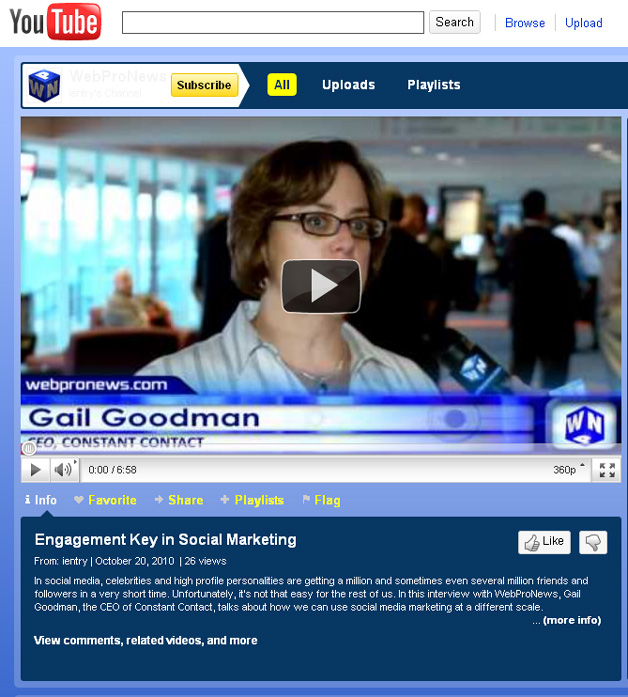
MySpace
1. MySpace may not be the current flavor of the week, but make no mistake – it’s still got a lot of users. Makes friends on MySpace with like-minded individuals and businesses, and expand your network here.
2. Like anything else, keep up with your comments and direct messages, and engage in conversation on and off your own page.
3. Have a professional-looking design for your page.
4. Highlight your best content.
5. Update your page regularly with new status updates, blog entries, videos, etc.
Google Buzz
1. Update Buzz regularly throughout the day with links and general conversation. Basically, treat it similar to Facebook or Twitter.
2. Engage in conversation on and off your own Buzz posts.
3. Spend some time making your Google Profile (which is connected to Buzz…and appears in Google search results) the best it can be. Provide links to your other profiles.
4. Integrate other options that are available and applicable to you (Google Reader sharing, Picasa photos, Orkut, etc.)
5. You can apply these to other networks like LinkedIn and FriendFeed as well.
Digg, Reddit, Delicious, StumbleUpon, etc.
1. Share links to others’ content on social bookmarking sites like these regularly. This will help you build a following.
2. Have buttons to make your own content easy to share on these sites.
3. Engage in conversations in the comments of links you share and links others share on these sites.
4. Become friends with others like-minded and interesting people on these networks.
Forums
1. Find relevant topics in forums that are also relevant to your business and get involved in existing conversations.
2. Start your own relevant conversations. Don’t just get in there and link to your content. It’s tacky and people will see through it. You can often provide your link in your profile anyway.
3. If you have built up enough credibility in a forum, you might be able to share a link of your own from time to time in a legitimate fashion, like for example, if you wrote an article on the topic being discussed that helps to answer a question that is being asked.
4. The more actively you engage in useful conversation, the more credibility you will gain, and you can come to be looked upon as an expert in your field.
Blogs
1. If you have a blog, keep up with the comments. Respond and stay involved in the conversations. If people disagree with you, which they often will, don’t make a big deal about it or try to prove them wrong. You might just be driving them away. Keep it constructive. Respectfully disagree and maybe elaborate on why you stand by your position, or if they change your mind, maybe tell them you hadn’t looked at things that way.
2. Take the time to participate in conversation on other relevant blogs. You can basically think of blog comments as mini forums. The same rules pretty much apply.
Photos
1. As I said, people like visuals, especially current users of sites like Flickr and Picasa. Update photo sites regularly. Again, this can help humanize your brand and even open you up to different audiences.
2. Participate in conversations in comments on and off of your own photos.
3. Promote your presence on these sites. On your own site/blog, maybe have some links pointing to these accounts.
The Right Person/People for the Job
1. You want to make sure you have the right person or people representing your brand in all of these communities. You don’t want someone that doesn’t really understand your company’s vision or position to be out there giving people the wrong impression.
2. Whoever is representing your brand should have a grasp on current news and strategies related to what your business provides. In other words, they should be knowledgeable. It wouldn’t hurt for the people involved to have a designated amount of time each day just reading news.
Finally, just keep everything up to date and current. Don’t let profiles go sour. Don’t let comments, questions, and messages sit there to rot. You’ve got to keep up with it all. So, with that in mind, don’t bite off more than you can chew in social media. Look at how much of this you actually want to do, and plan time and resources accordingly.
This is by no means all that can be done. There are plenty of other communities I didn’t mention, and probably a great deal more strategies that I didn’t touch upon. I think the things mentioned in this article should be a good start though.
What did I leave out that you would add? Please do so in the comments.



 According to the survey, 69 percent of respondents expect pharmaceutical companies to provide information about the medical condition or illness for which they are taking drugs. To address that expectation, Accenture believes pharmaceutical companies must not only provide the right information, but upgrade their websites to create a more dynamic, interactive experience.
According to the survey, 69 percent of respondents expect pharmaceutical companies to provide information about the medical condition or illness for which they are taking drugs. To address that expectation, Accenture believes pharmaceutical companies must not only provide the right information, but upgrade their websites to create a more dynamic, interactive experience. With
With 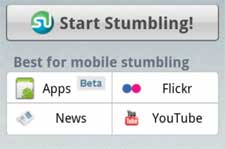
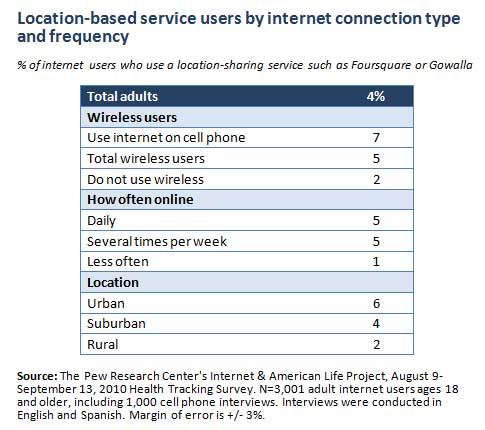



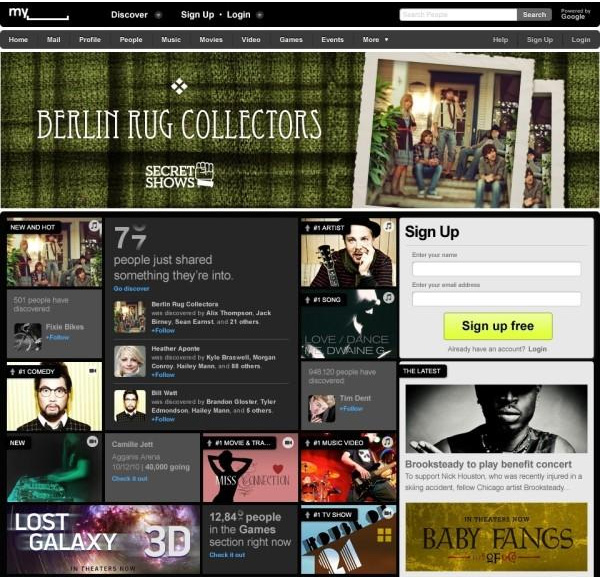

 Those who take part in the Tweetup will tour the center; view mission control and astronauts’ training facilities; and speak with managers, flight directors, trainers and astronauts. The participants also will meet the team behind the tweets on @NASA and @NASA_Johnson.
Those who take part in the Tweetup will tour the center; view mission control and astronauts’ training facilities; and speak with managers, flight directors, trainers and astronauts. The participants also will meet the team behind the tweets on @NASA and @NASA_Johnson. 